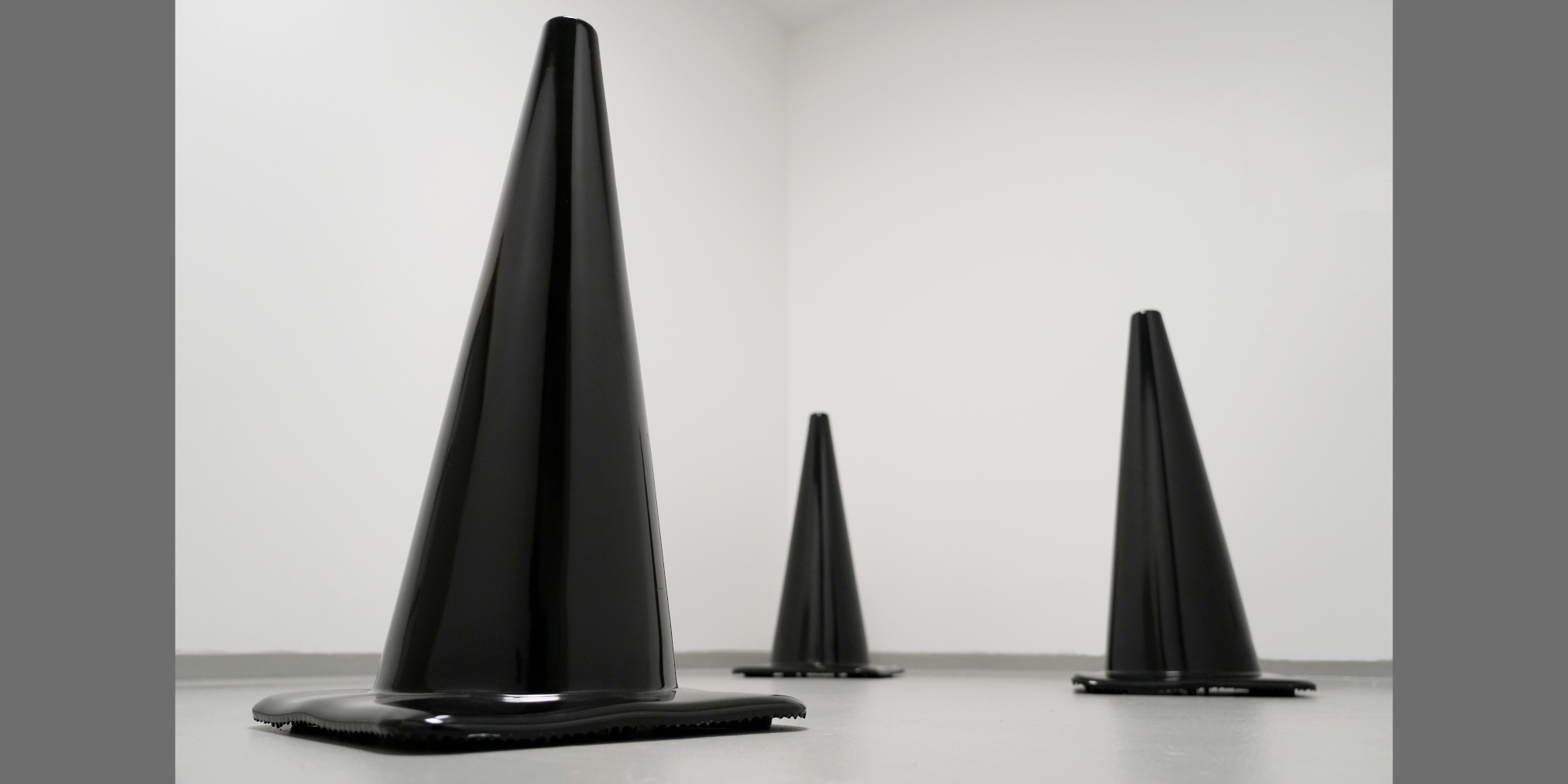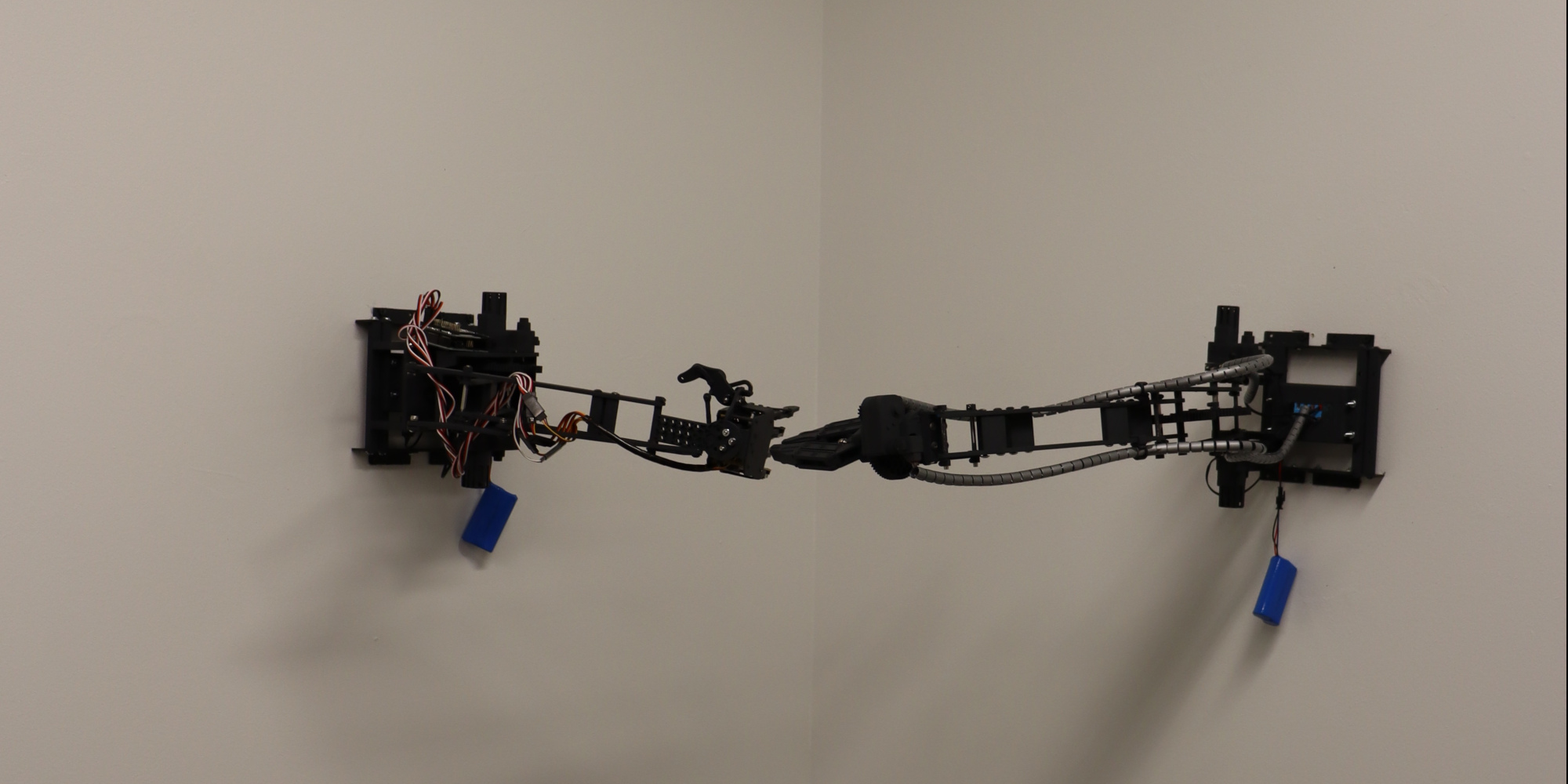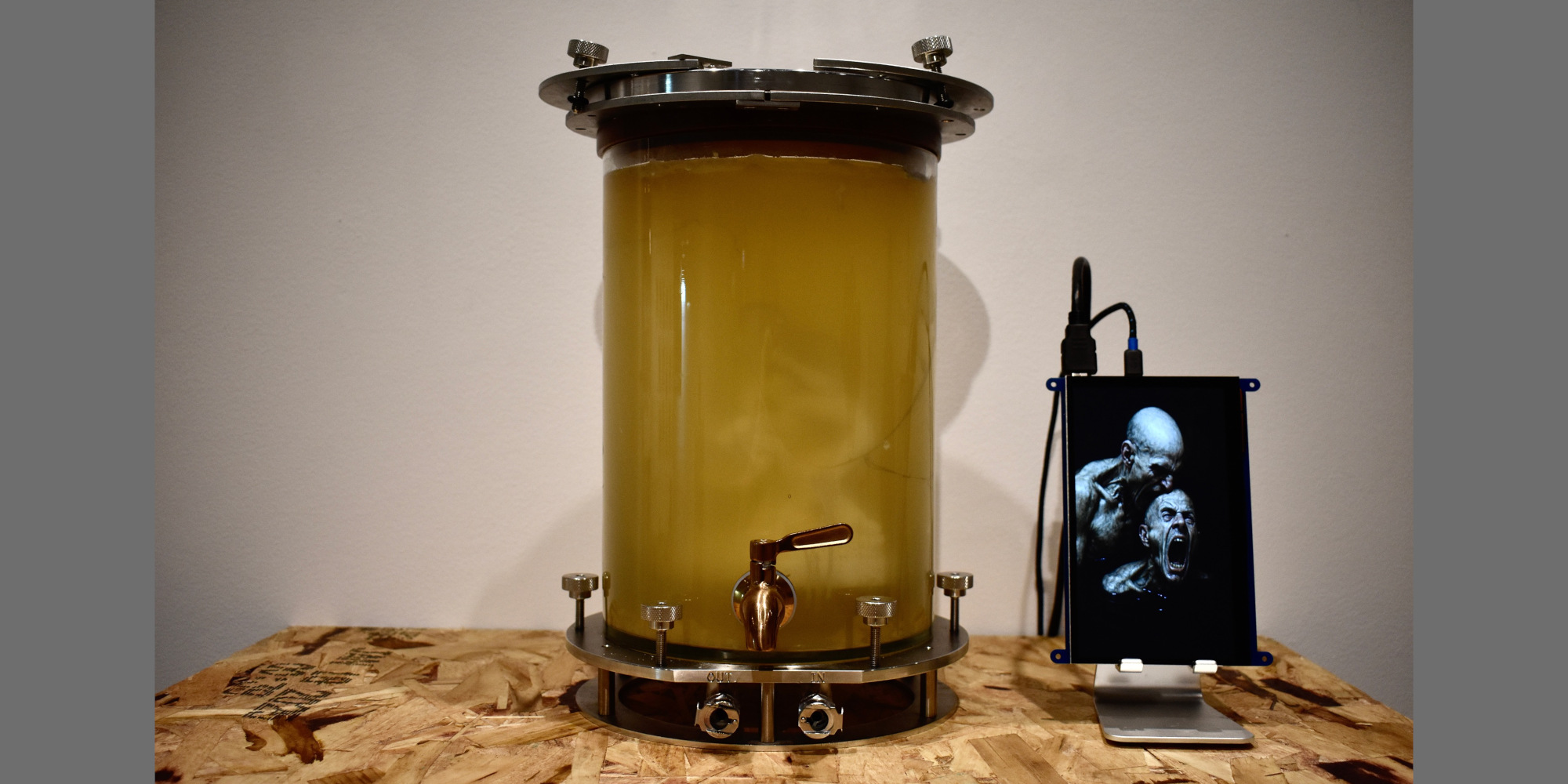Adapting on the Edge delves into the intricate and often contradictory human response to the pervasive sense of uncertainty that defines our contemporary existence. Panic is framed not merely as a state of alarm, but as a fluctuating continuum shaped by technological advancements, ecological crises, socio-political instability, and the ever-evolving understanding of the self. It emerges as a process of adaptation—one marked by a forced transformation or ongoing negotiation with the conditions of crisis that define our era.
Rather than a simple survival reaction, adaptation is understood as a dynamic and ambivalent process: it highlights vulnerability, loss of control, and fragmentation of identity, while simultaneously revealing a capacity for resilience, regeneration, and the search for new meanings. Through the lens of Rose Ansari’s paradoxical hug, Benjamin Glass’s desperation, Mauricio López’s relentless labor, Leena Mahaal’s invisible threats, and Xiyuan Zhou’s disintegrating self, the exhibition seeks to engage with a spectrum of reactions to the underlying state of panic: active confrontation with fear, passive acceptance of its inevitability, and spaces in between. Through their diverse works, the artists explore how panic can transcend its role as a moment of collapse and appear instead as a catalyst for mutation and redefinition.
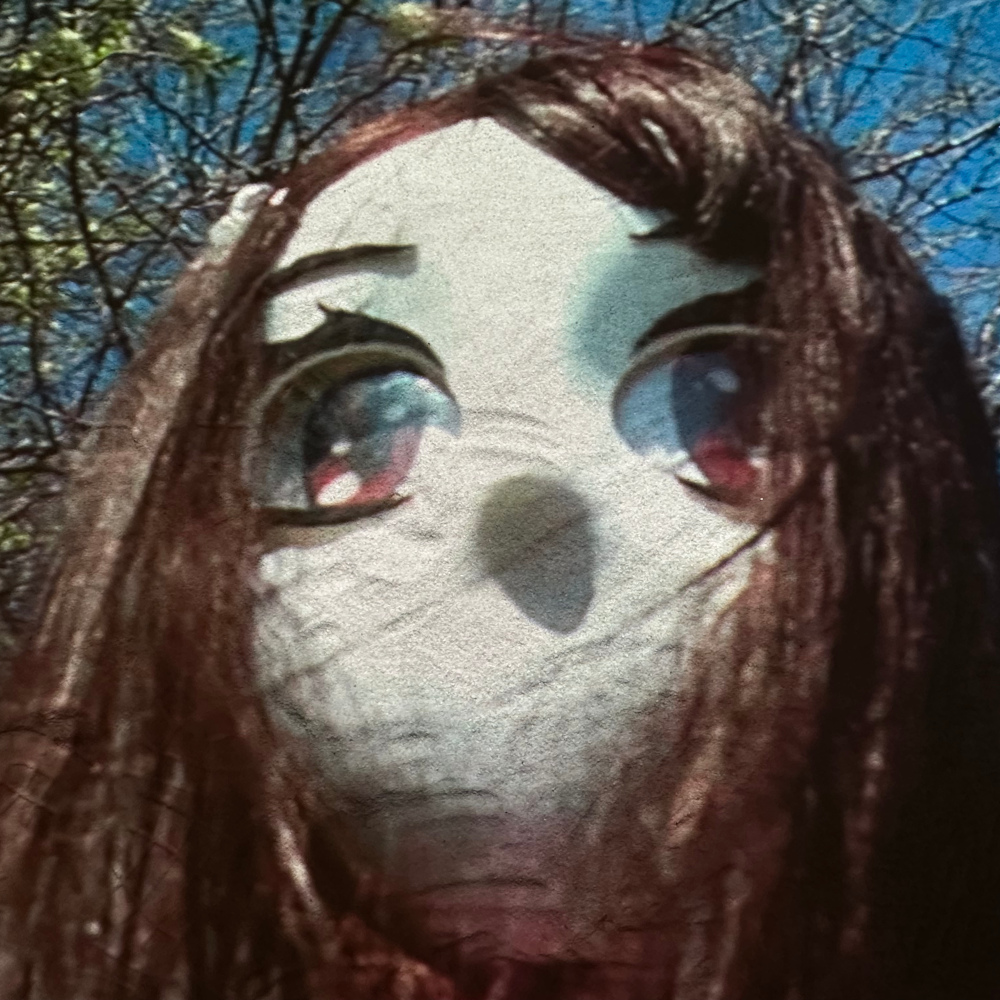
Photo: Erase Me - Photo: Xiyuan Zhou
Exhibition
Adapting on the Edge
School of the Art Institute of Chicago (SAIC) (US)
Ticket //
FREE / No Ticket

Erase Me
Xiyuan Zhou (CN)
Erase Me is a video installation that explores the desire to disappear and shed visible identity markers. Created from a longing to be unseen, it reflects the urge to escape constant interpretation through gender, race, and emotion, imagining a timeless, flat existence free from history and detail.
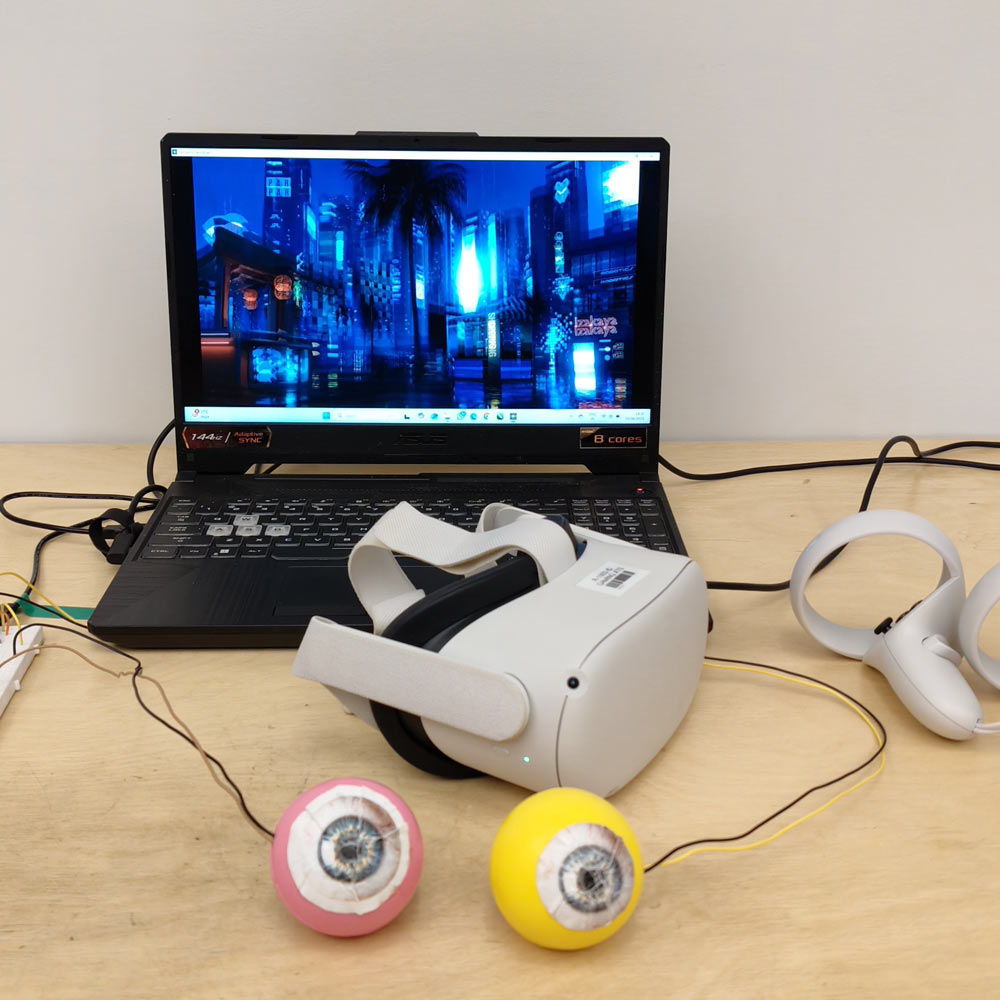
Ghosts of Reality
Leena Mahaal (IN)
Ghosts of Reality draws from keratoconus, causing visual distortion and fragmentation. Using silicone eyes with pressure sensors, the audience alters blurred vision through touch. The work links perception to genetics, environment, and social-political factors shaping how we see.
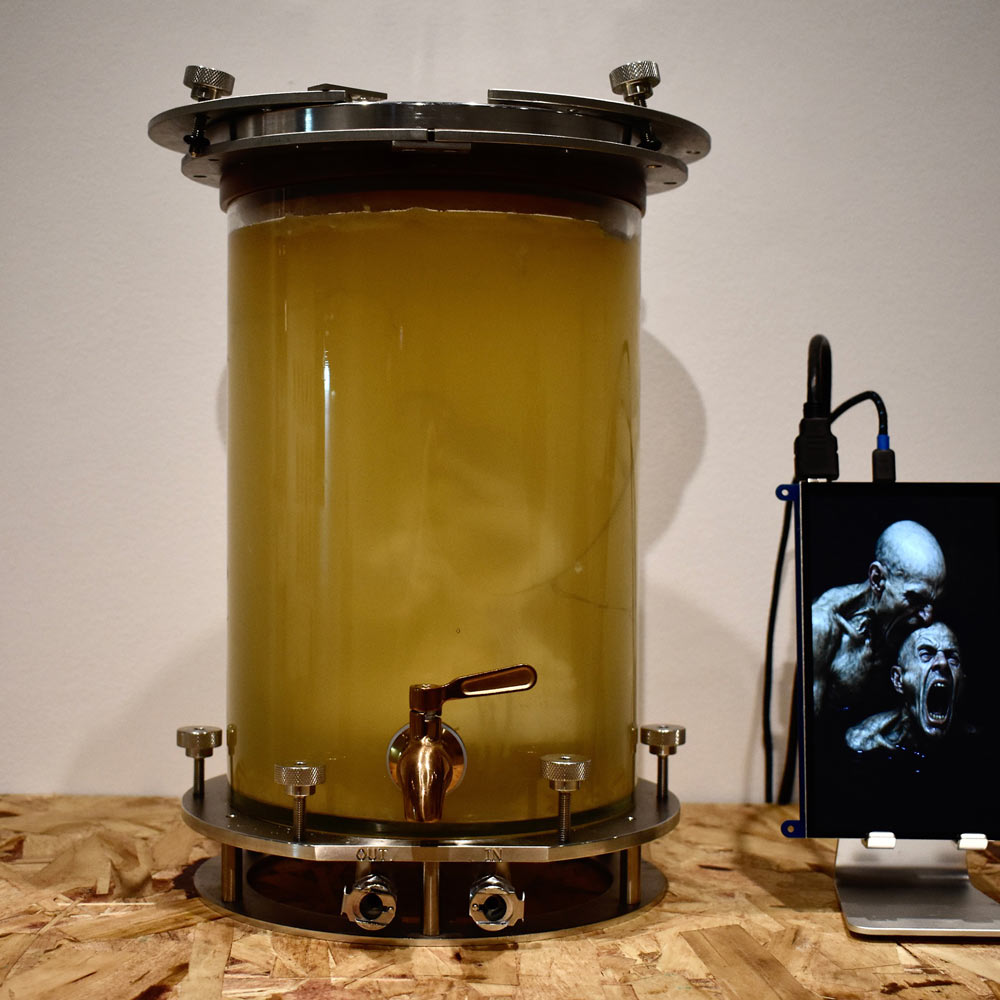
Slow Digestion of a Cannibal Count
Benjamin Glass (US)
Slow Digestion of a Cannibal Count is a bioreactor where yeast ferments a sugar replica of Carpeaux’s Ugolino and His Sons. As nutrients fade, the yeast consumes its own waste, echoing Dante’s Inferno of cannibalism and collapse. A generative AI video mirrors this eternal, metabolic punishment.
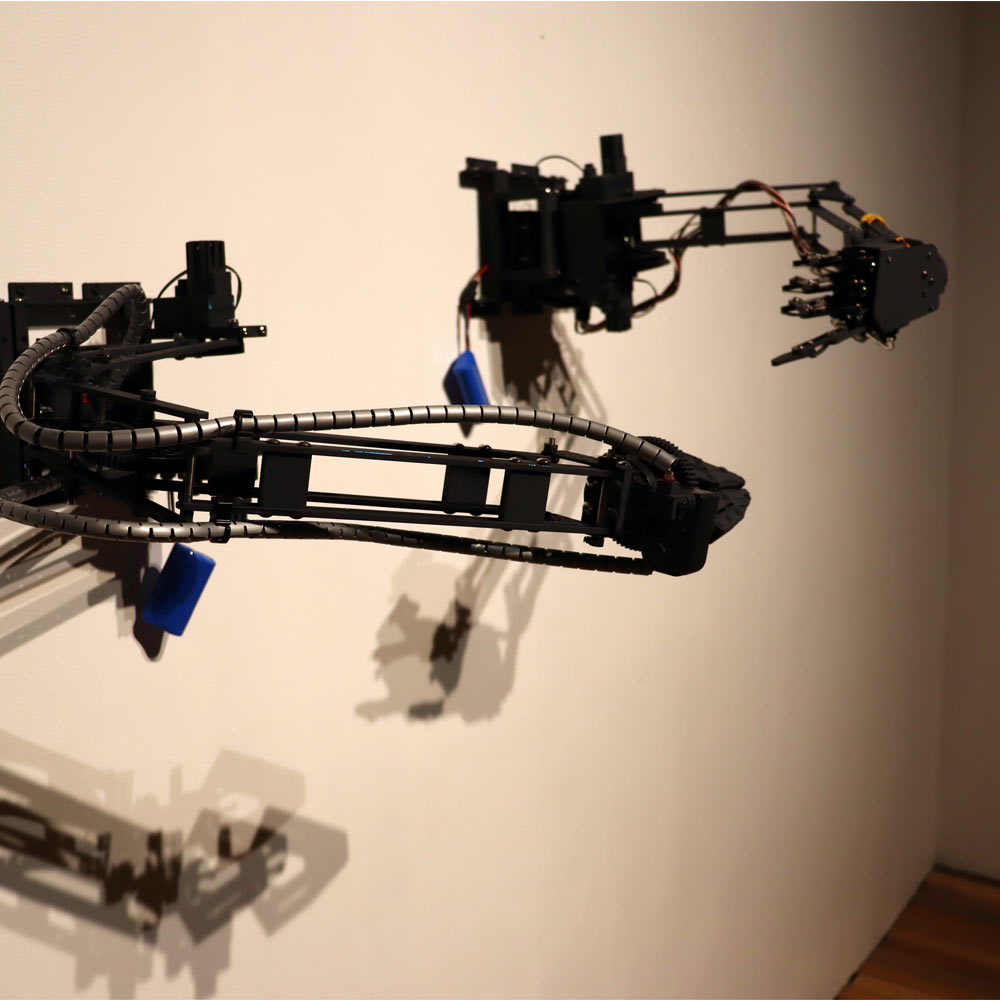
HOLD-ME-TIGHT
Rose Ansari (IR)
HOLD-ME-TIGHT is an interactive installation with two wall-mounted robotic arms that simulate a controlled embrace. Visitors explore touch starvation, distance, and power dynamics of migration through a blend of industrial design and unsettling tenderness.
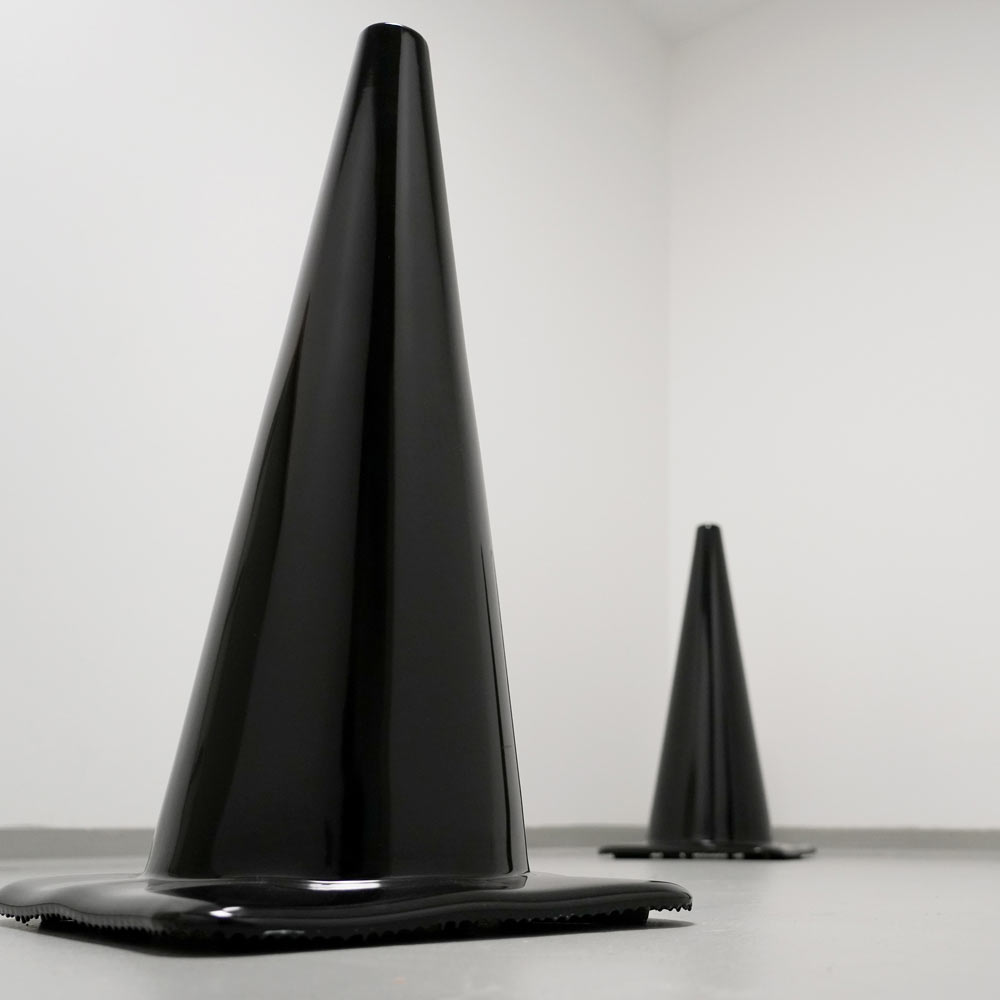
También tienes que venir mañana / You also need to come tomorrow
Mauricio López F. (CL)
También tienes que venir mañana / You also need to come tomorrow is a kinetic installation of animated traffic cones. Their movement evokes the exhausting, precarious cycle of labor. The audience enters a shifting space where instability reflects risk, invisibility, and essential labor’s cost.
-
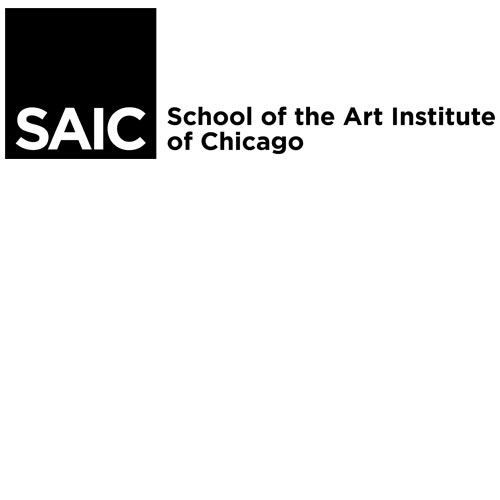
School of the Art Institute of Chicago (SAIC)
Since 2018, Art and Technology/Sound Practices (AT/SP) department has continuously participated in the international Ars Electronica Festival, Linz. Born from the fusion of the Department of Art & Technology Studies and the Sound Department, AT/SP is a place to explore artistic production with technology, sound, or their hybrid forms. Unlike other fields that use technology at the service of traditional forms, faculty and students in AT/SP employ technology itself as their medium.
